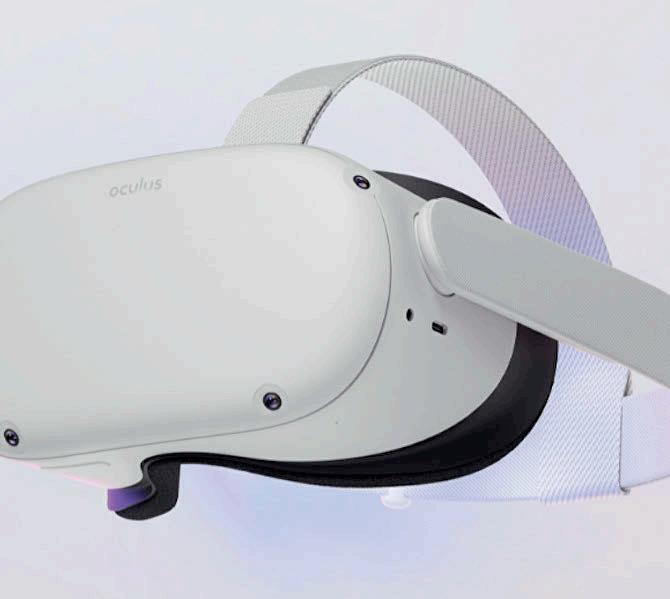
2 minute read
CANADA BANS CHINA, AT LAST
from UK5G. Issue 10
The Barnsley-Penistone scheme is the first trial of a £4m fund announced last August.
The idea isn’t new, and rural regions in the United States Europe are already benefitting from British know how to put fibre in existing water pipes. In Washington State, Craley Ltd helped install a 30km fibre that both connected premises, and spied for water leaks. It’s speedy to deploy, too: a 7km trunk in Tavèrnoles, a 320-resident municipality in ural Catalonia was deployed at 4,000 feet per day.
Advertisement
Craley is introducing Liner, a laminated recycled polymer layer within an existing duct, allowing for cracked or broken waste ducts to be fixed quickly, with optional fibre cable integration.
Following the evaluation of the initial trial, DCMS will look at funding larger projects if successful. This technology could be seen as a useful component in the challenge to roll-out of Project Gigabit.
Canada will ban equipment from Chinese telecoms vendors ZTE and Huawei being used in its 5G networks.
“In 5G systems, sensitive functions will become increasingly decentralized and virtualized in order to reduce latency, and the number of devices they will connect will also grow exponentially,” explained the government. Canadian companies can sign deals with the companies until September, but existing 5G equipment or services must be removed or terminated by June 28, 2024. The UK announced a full ban in July 2020, explaining that US Sanctions made it impossible to verify the security of the products, with a termination date of 2027 – a seven year window.
In 2018, Meng Wanzhou, Huawei ‘s chief financial officer and the daughter of Huawei founder Ren Zhengfei, was arrested Vancouver and extradited to the US under suspcion of breaking sacntions in Iran. This led to a Meng to a deferred prosecution agreement. As part of the deal, Meng agreed to a “statement of facts”. Two Candians, Michael Spavor and Michael Kovrig were arrestd in China in what was seen as a revenge move.
As recently as 2019, Canadian forces helped train Chinese military staff up to one star general level at the Forces College in Toronto, and the two countries participated in cold weather training exercises, documents disclosed under Freedom of Information requests subsequently revealed.
The Ar Future Never Comes
Will Augmented Reality (AR) ever happen? It certainly seems further away after Facebook parent company Meta postponed plans to introduce AR glasses. Meta sells the most consumer virtual reality (VR) glasses today –with its best-selling Meta Quest 2 – formerly the Oculus Quest 2 - the only wireless success so far. But finding the right combination of lightweight headgear and software experiences is proving elusive, even for some of the biggest companies in the consumer electronics industry. Apple’s much delayed AR glasses have repeatedly failed to appear. Meta confirmed that the wait will continue.

“The path to groundbreaking products is not a straight line,” said Meta’s CTO Adam Bosworth in a Tweet. “As is common in our industry, we iterate on multiple prototypes in parallel & shift resources as we learn.”
Read more about the state of wireless VR and AR on Page 46.
5gtt Becomes Fnp
Those who have been following the progress of the 5G Testbeds and Trials programme from the beginning will have noticed the team in DCMS has not only changed significantly but also the remit that it covers has expanded massively. It now covers over 50 projects spanning a number of different interventions including the Open Networks Programme, Shared Outcomes Fund and 5G Testbeds and Trials. The expanded scope of the team has been reflected in the new team name, the Future Network Programmes (FNP) team. This intends to provide a wrapper for all the programmes that the team helps to deliver and give stakeholders a clearer idea of the multifaceted focus of the team.









